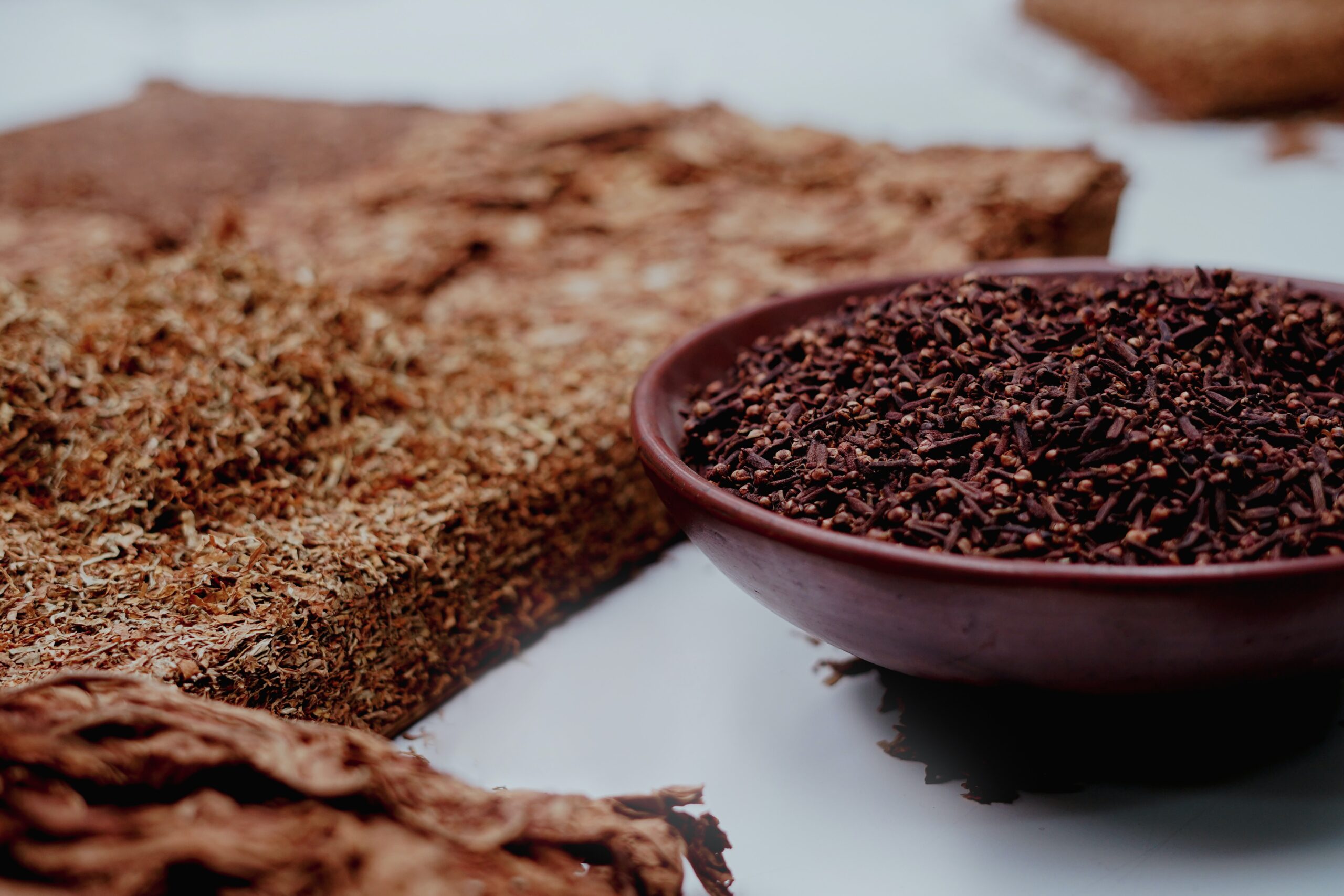Becoming a spice producer requires a lot of planning. Just like any other farming operation, you need to consider input costs, labour, market access, and your return on investment. With so many factors to keep in mind, knowing where to start can be overwhelming.
By the end of this article that also marks the end of this series, you should have a better understanding of where to start in your spice endeavours.
Market research
The first steps in setting up your herb and spice production is to conduct market research. Since there are so many different spices, deciding which crop you will plant is vital. You need to determine which spice or herb is in demand in your area. There is no use in growing and trying to sell a product that is already widely available because the market saturation will prevent you from turning a profit.
Once you have narrowed down the list of potential crops and determined the best option for marketing, you can investigate which spice to plant.
Not all spices may grow well in the climate you live in, so take time to look at all the climatic requirements that the plants need.
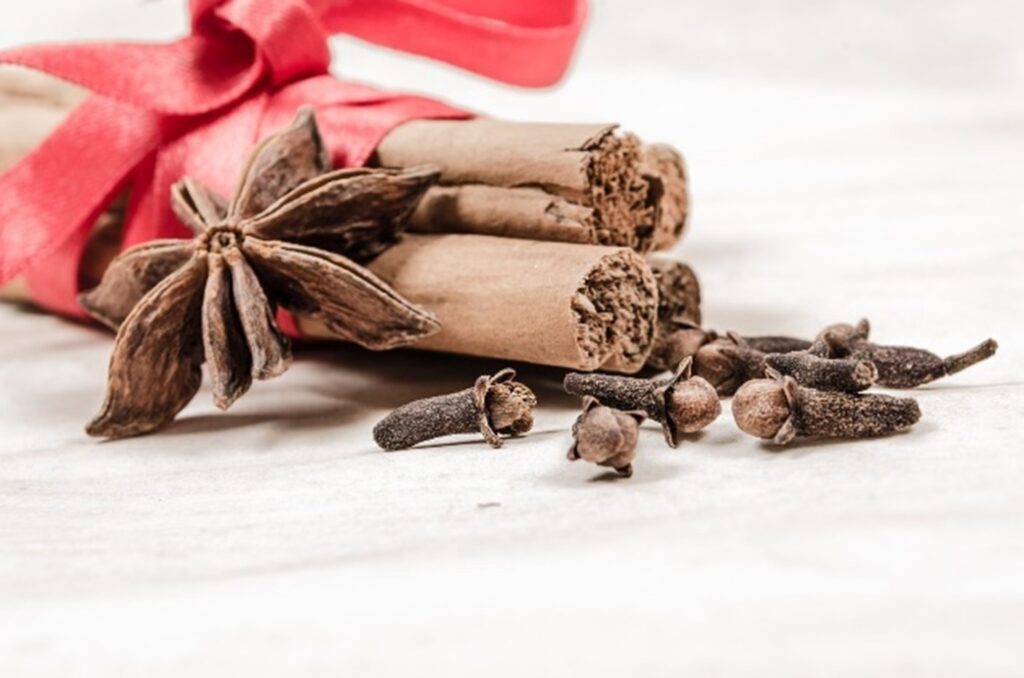
Spices such as cinnamon and cloves come from trees. Aniseed comes from flowering plants. (Source: Pixabay)
Set up budget and business plan
Setting up a business plan and a budget goes hand in hand. Afterall, without a business plan, how will you know what you need to budget for, and without a budget, how can you bring your business plan to life?
For your business plan, add the following elements:
- A summary of what you intend to achieve with your business
- A description of your business
- A SWOT analysis (list the strengths, weaknesses, opportunities, and threats surrounding your business venture)
- What you intend to sell
- How you will reach your customers
- Financial plan that looks at the input costs, expected return, and possible profit
In your financial plan, you will need to keep track of your expenses and plan ahead for what those will be. Remember that your inputs include:
- The rent of land if you do not own any
- Cost of seed, seedlings, or saplings
- Cost of fertiliser
- Infrastructure such as renting cold rooms or storage space
- Equipment that needs to be purchased
- Irrigation costs
- Labour and training
Identify space and preparing for planting
Setting up a spice production is not going to be a quick money-making scheme. A field of herbs will take time to grow just like regular vegetable crops, but spices may take longer to mature. Spices are derived from a range of different plants and plant sections. Cloves for instance, are harvested from the flower of the clove tree. Cinnamon, on the other hand, is harvested tree bark and nutmeg are seeds from a different tree.
Therefore, identifying space and preparing the area to be planted will be vastly different for trees and shrubs in comparison to leafy green herbs. You will need to closely look at the requirements for each plant when conducting your research.
If you do not own land, you will need to consider renting land. Also take this into consideration if you are going to plant trees that will be on the property much longer than herb crops.
Thereafter, you can prepare the space you have allocated according to your crops’ needs.
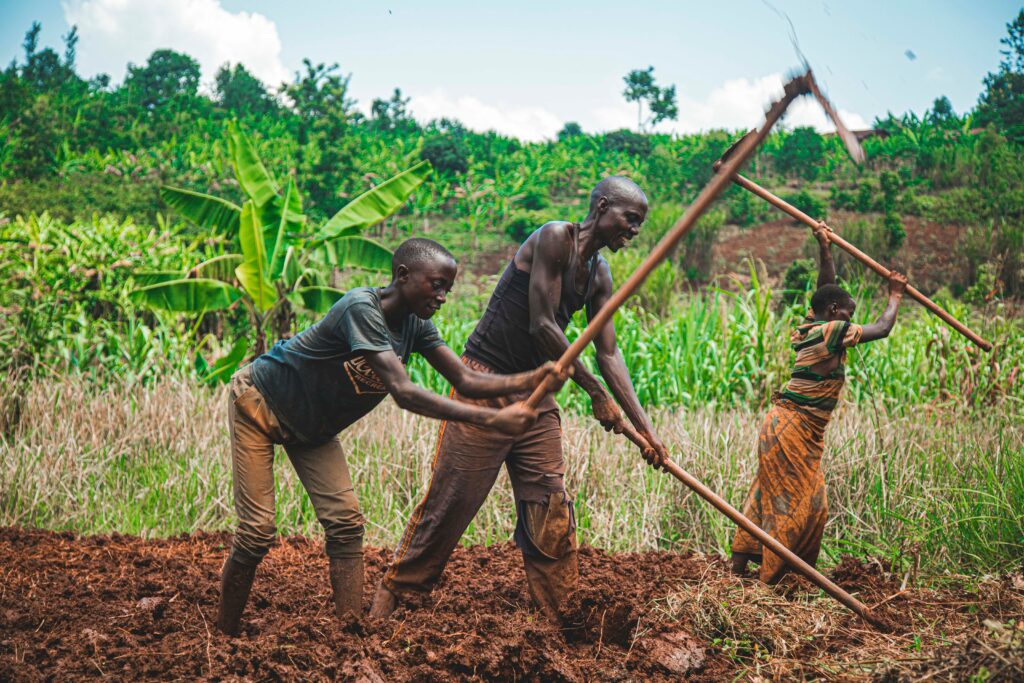
Farmers are preparing the soil for planting. (Source: Safari Consoler on Pexels)
Source inputs, equipment, and infrastructure
Inputs include seed, saplings or seedlings, fertiliser or compost, water, and labour. It may also include pesticides and fungicides.
When sourcing these elements, ensure that you obtain it from a trustworthy provider that distributes quality products. You do not want to end up purchasing unhealthy seedlings that will die soon after you have bought them.
With regards to equipment, you do not necessarily need specialised equipment, but you also need to consider the cost and where to obtain your equipment, whether it is a rake or a tractor.
Under the category of infrastructure, there are many factors to consider. Infrastructure relates to any poles, structures, netting or even greenhouses that need to be constructed to help your crops flourish. It also includes irrigation systems, for instance, drip lines, spray tips, pivots, irrigators, power supply for pivots, and pumps.
Your infrastructure may also include storage buildings for equipment or harvested crops. You may need to make use of a cold room to keep herbs cool to prevent wilting before selling them. In this case, consider the fridges you will need or facilities you need to rent.
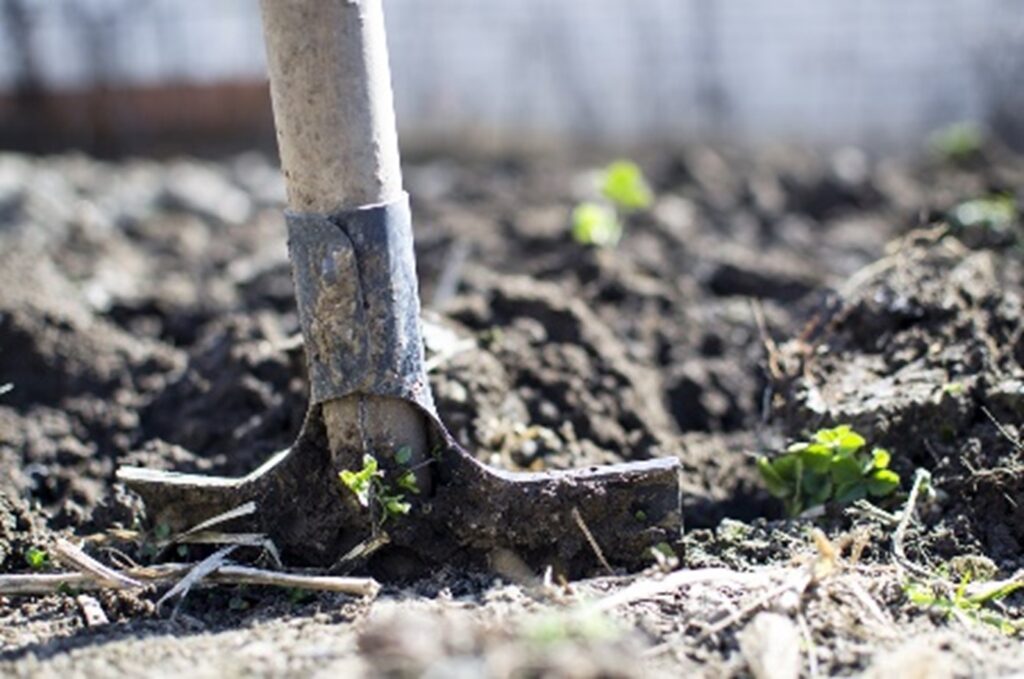
Before you start, consider the equipment you will need to use, where to find them and how much it will cost. (Source: Pixabay)
Processing, packaging, and storage
Before planting your crops, consider what you will do with your harvested crop. It does not help to plant a crop and then you do not have a plan with what you are going to do with your harvest (aside from selling it). Therefore, give it some thought if you are going to process, package, or at least store the products before going to market.
Every spice or herb needs to be harvested and stored differently. Parsley, for instance, can be cut and sold fresh or dried. But coriander seeds are harvested and dried before it is sold whole or grounded.
If you sell fresh, green herbs, you need to think about how you are keeping it fresh until you can get to the market. Depending on the amount harvested, you might need to keep it in a fridge or cold room.
When drying or milling spices, there may be different requirements for each spice regarding the conditions it needs to kept in.
If you are selling directly to a fresh food market, packaging is of less importance, except if it makes transportation easier. Consider tying your herbs in bushels or packing your spices into sealable containers. You can also research what works best for each product.
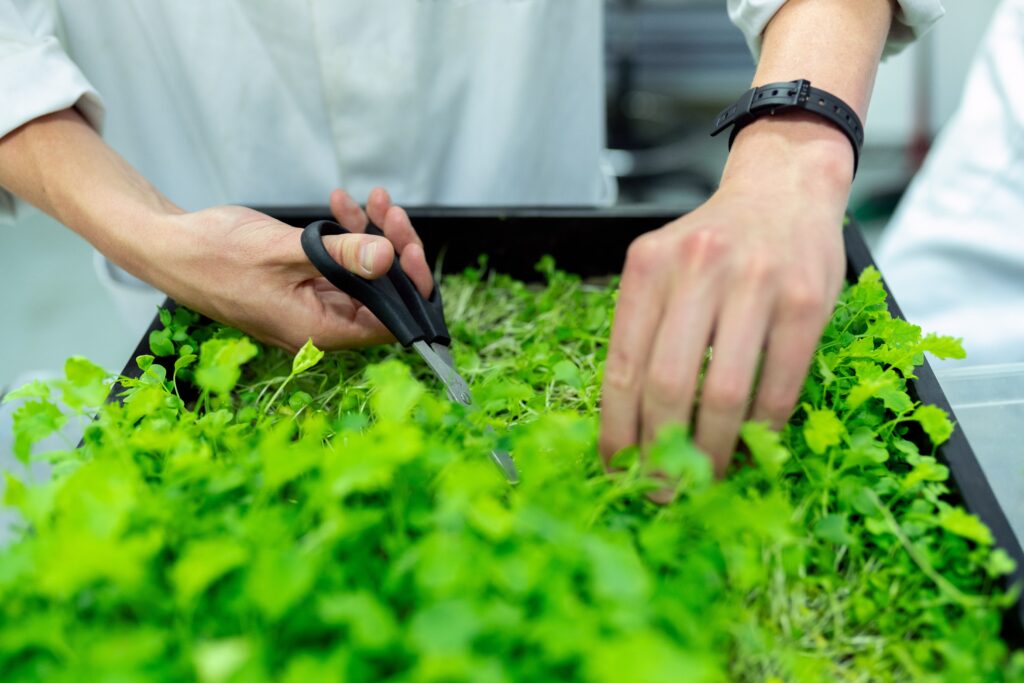
Will you be selling fresh herbs or dry it? Consider what your market requires (Source: This is Engineering on Pexels)
Market access
While your crop is in field, your trees maturing and your plants growing, you can plan exactly how you want to sell your products. By now you should already know which herbs and spices are in demand, so this would only be the logistics of bringing the consumer and product to each other.
Find out where the market in your area is where you can sell your products. You can also reach out to community members and let them know you will be harvesting shortly.
Alternatively, you can sell your spice to other businesses like shops, restaurants or even spice millers.

Depending on the size and requirements of your herb production, you may need infrastructure such as irrigation systems, greenhouses, and storage rooms. (Source: Pixabay)
Regulations
The regulations you need to consider when working with foodstuffs will differ from country to country. Basic steps you can take to ensure that your product is safe for human consumption is to always keep your hands clean when working with the harvested crop. Follow basic hygienic guidelines in keeping your work environment clean and safe. Ensure a clean working area when cutting, milling, or drying the spices.
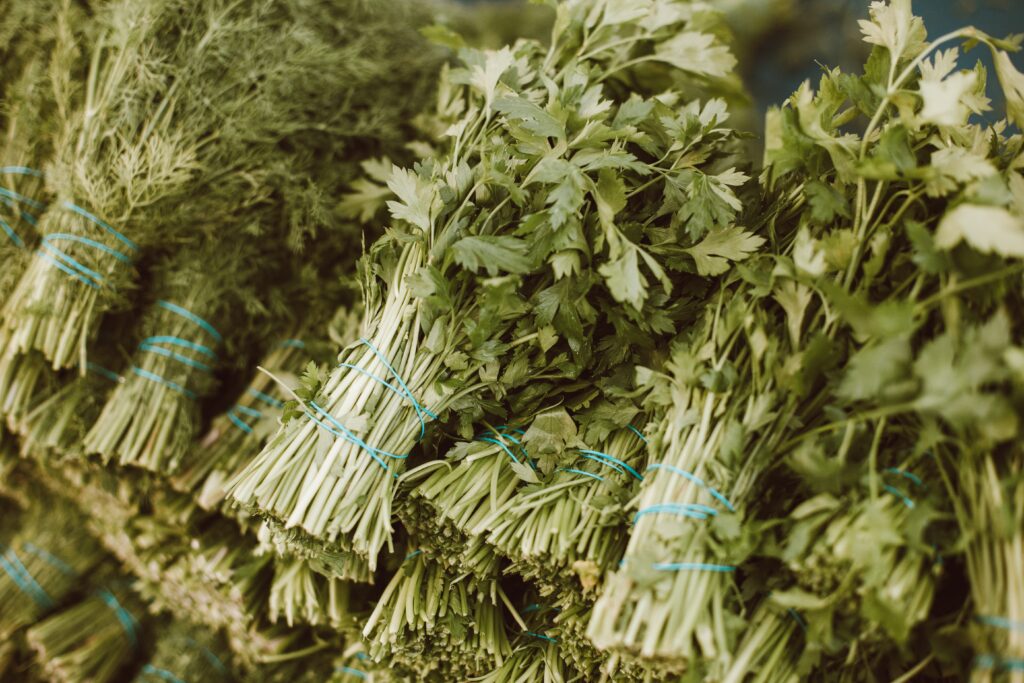
When planning for your business, also consider how you will package or process your crops. Will you tie them into bushels when harvesting? You might also need facilities to store the product if you are going to dry or cool it. (Source: Roman Odintsov on Pexels)
Sources:
A complete guide on starting a Spice Business in South Africa (2022) Available at: https://www.kitchenhutt.co.za/a-complete-guide-on-starting-a-spice-business-in-south-africa/
Edom, S. (2023) How to start a lucrative spice farming business in Nigeria: The Complete Guide, StartupTipsDaily. Available at: https://startuptipsdaily.com/spice-farming-business-nigeria-africa/
Roberti, D. (2021) Start a spice business, LinkedIn. Available at: https://www.linkedin.com/pulse/start-spice-business-damian-roberti/
TRUiC Team (2023) How to start a spice business, HowToStartAnLLC.com. Available at: https://howtostartanllc.com/business-ideas/spices

